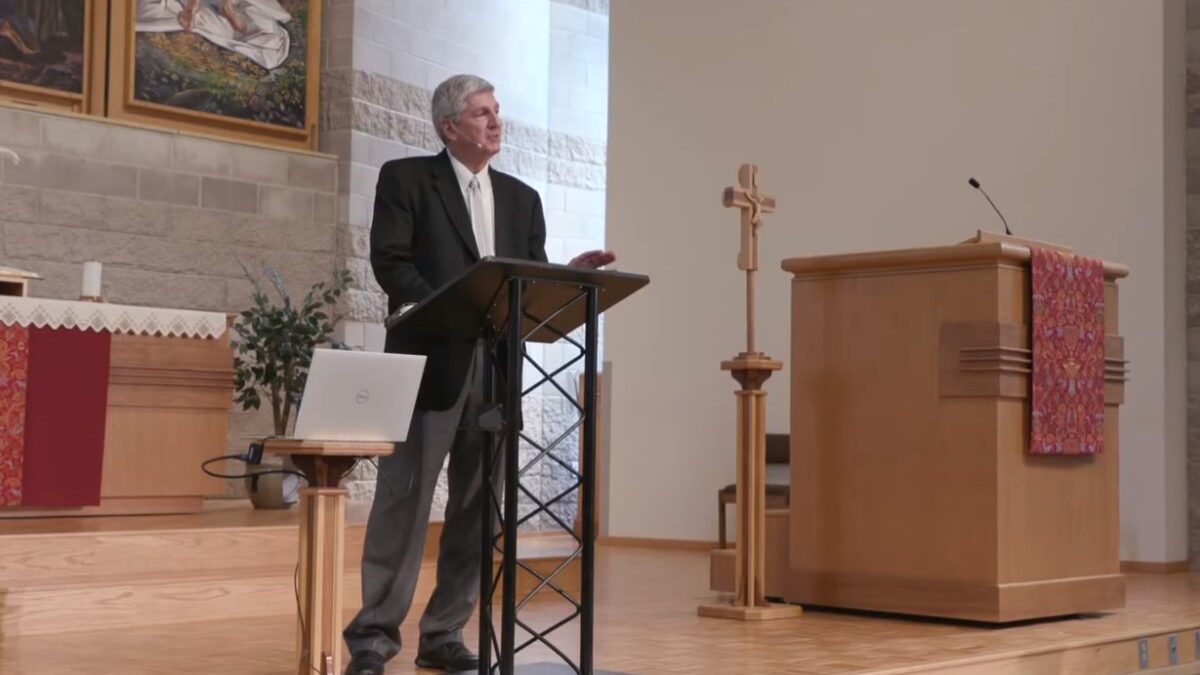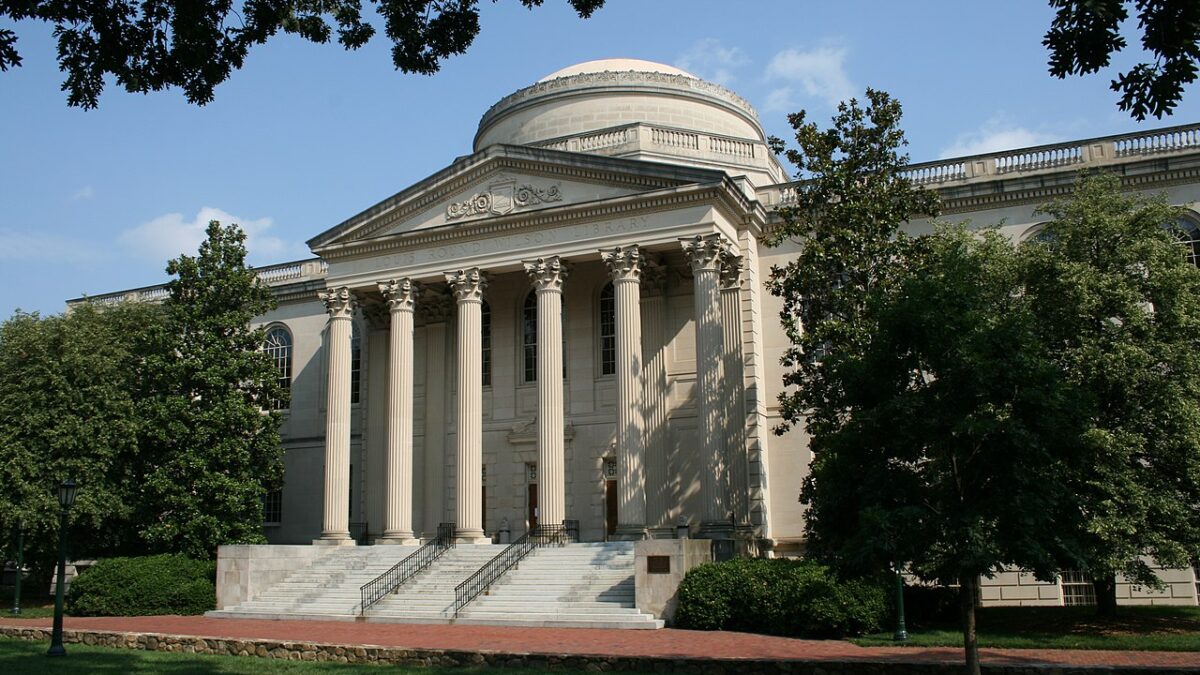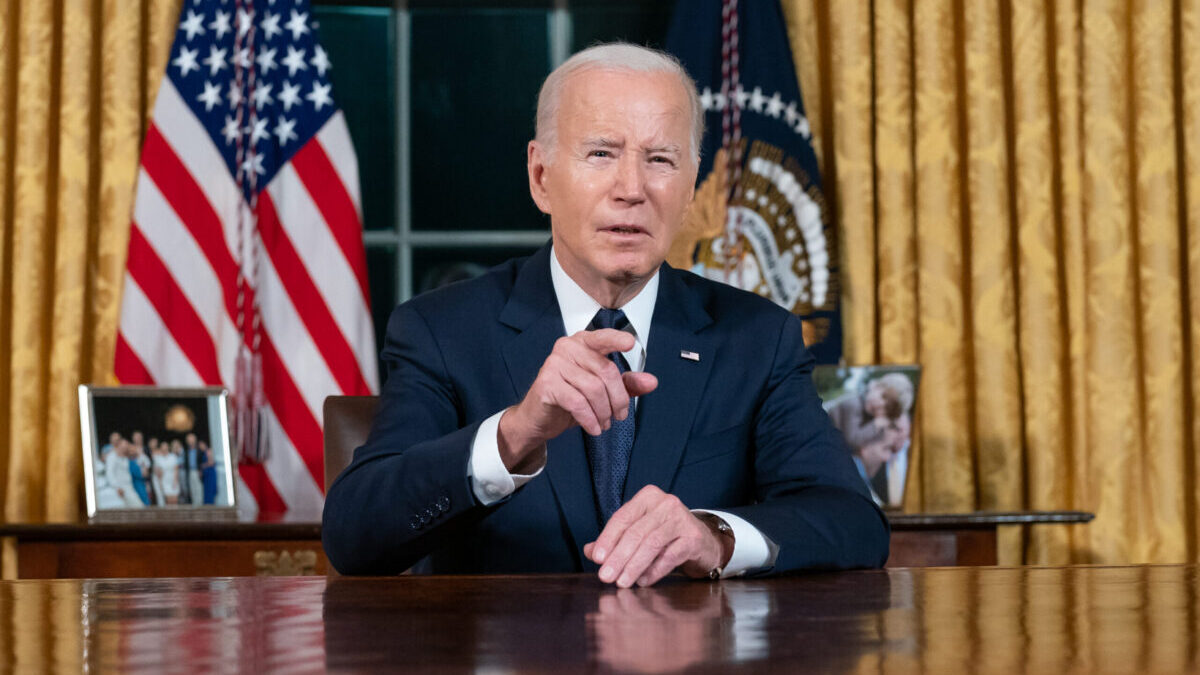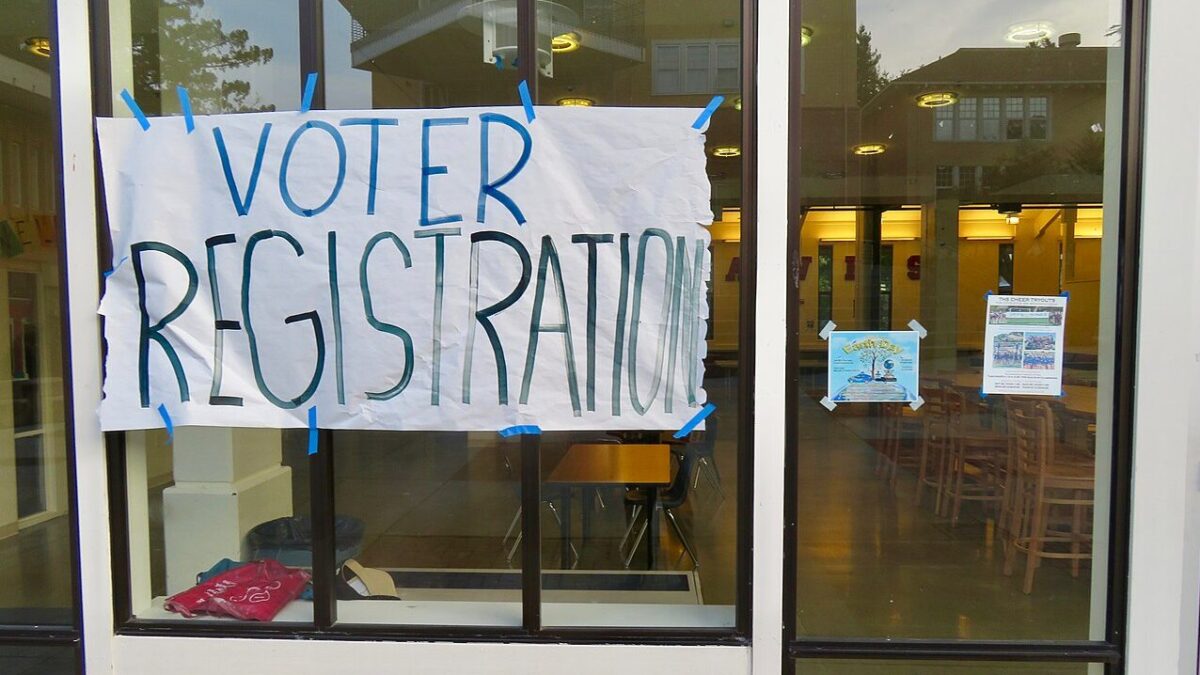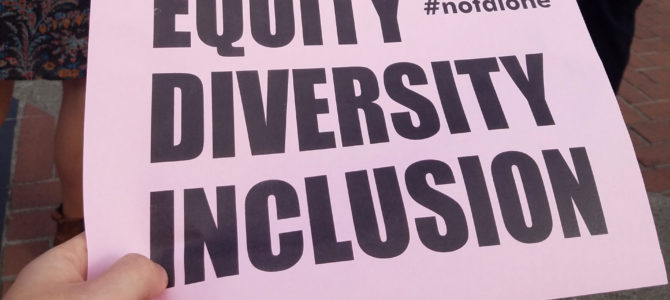
Once upon a time, universities viewed their core mission as helping students to acquire the knowledge, critical thinking, and communication skills that would enable them to become more productive members of society. But higher education today has a new central concern: promoting diversity, equity, and inclusion (DEI).
Universities now devote a tremendous amount of money — and a large number of administrative and staff positions — to programming and services related to DEI. A central purpose of this effort is supposedly to create a more positive and welcoming environment for students.
To gauge just how large this effort is, especially relative to other college priorities, we collected information from 65 major universities, representing nearly one-sixth of all students in four-year institutions in the United States.
Bloated DEI Staff Numbers
We discovered that, overall, the number of DEI-dedicated staff is dramatically out of proportion to other programs serving higher education goals. For example, the typical university devotes 4.2 times as many staff to promoting DEI initiatives than they do to helping disabled students get reasonable accommodations — and the latter is required by law. On average, DEI staff outnumbered history professors by 40 percent. Overall, there are 3.4 people working to promote DEI for every 100 tenured or tenure-track faculty members.
Some universities had strikingly large numbers of people with DEI responsibilities in their job titles. At the University of Michigan, for example, 163 people have formal responsibility for providing DEI programming and services. The University of North Carolina at Chapel Hill has more than 13 times as many people devoted to promoting DEI as providing services to people with disabilities. Georgia Tech has 3.2 times as many DEI staff as it does history professors. The University of Virginia boasts 6.5 DEI staff for every 100 professors.
We should note that our methodology for counting DEI staff was extremely conservative. We counted only those positions with formal responsibility for promoting DEI. We excluded faculty and staff in academic departments, like African-American and gender studies, even though they clearly promote DEI goals in addition to engaging in traditional teaching and research.
We also did not count the many administrators who tout DEI messages but do not have DEI in their job titles. Finally, we excluded staff with responsibility for ensuring compliance with Title IX and other legal anti-discrimination requirements.
Basically, we only counted those positions that universities wanted to create, not positions they had to fill. Even with these limits, the average university listed more than 45 people as having DEI responsibilities.
What, one may ask, is all this effort accomplishing? The answer appears to be: Not much.
Lack of Result in Student Satisfaction
Many universities we examined have surveyed their students to determine how they view campus climate. One would expect campuses with larger DEI staffs would be perceived as providing a more positive, welcoming environment. In general, that’s not the case.
For example, the University of Michigan boasts the largest DEI staff, yet there is a sizeable gap between how white and non-white students perceive the campus climate. A 2016 survey found that 73 percent of the school’s white students were satisfied or very satisfied with the campus climate. But among minority students (with Asian students notably excluded from the survey category), that figure dropped to 62 percent for undergraduates and 55 percent for graduate students.
Mississippi State University — an institution with far less DEI infrastructure — fared far better. A similar survey there asked students if they felt “accepted, respected, and appreciated,” arguably a higher standard bar to meet than simply being satisfied with the climate. Despite this higher bar and significantly smaller DEI staff, 72 percent of Mississippi State students reported being accepted, respected, and appreciated by students different from them.
Among African-American students, 68 percent reported being accepted, respected, and appreciated by students who were different from them, not far below the overall result. Among Hispanic students, the figure was 78 percent, even higher than the overall result.
Subsidizing Activism, Not Helping Students
Universities (especially those that are publicly funded) should be welcoming to all students, and it is admirable that inclusion is a priority for so many institutions of higher education. But our work suggests large DEI bureaucracies fail to make a positive contribution to campus climate.
Rather than being an effective tool for welcoming students from different backgrounds, DEI personnel may be better understood as a signal of adherence to ideological, political, and activist goals. Employing dozens of DEI professionals (chief diversity officers, assistant deans for diversity, directors for inclusive excellence, etc.) appears to work better as a jobs program subsidizing political activism than a means of improving campus climate.
High DEI staffing levels suggest that these programs, like many other administrative initiatives at universities, are bloated relative to academic pursuits. It is fair to wonder whether reducing administrative bloat and reducing costs would do more to promote college access and inclusion than the best efforts of any diversity officer.
In light of our findings, state legislators and donors who fund these institutions may wish to examine DEI efforts more closely to ensure university resources are being used effectively.



